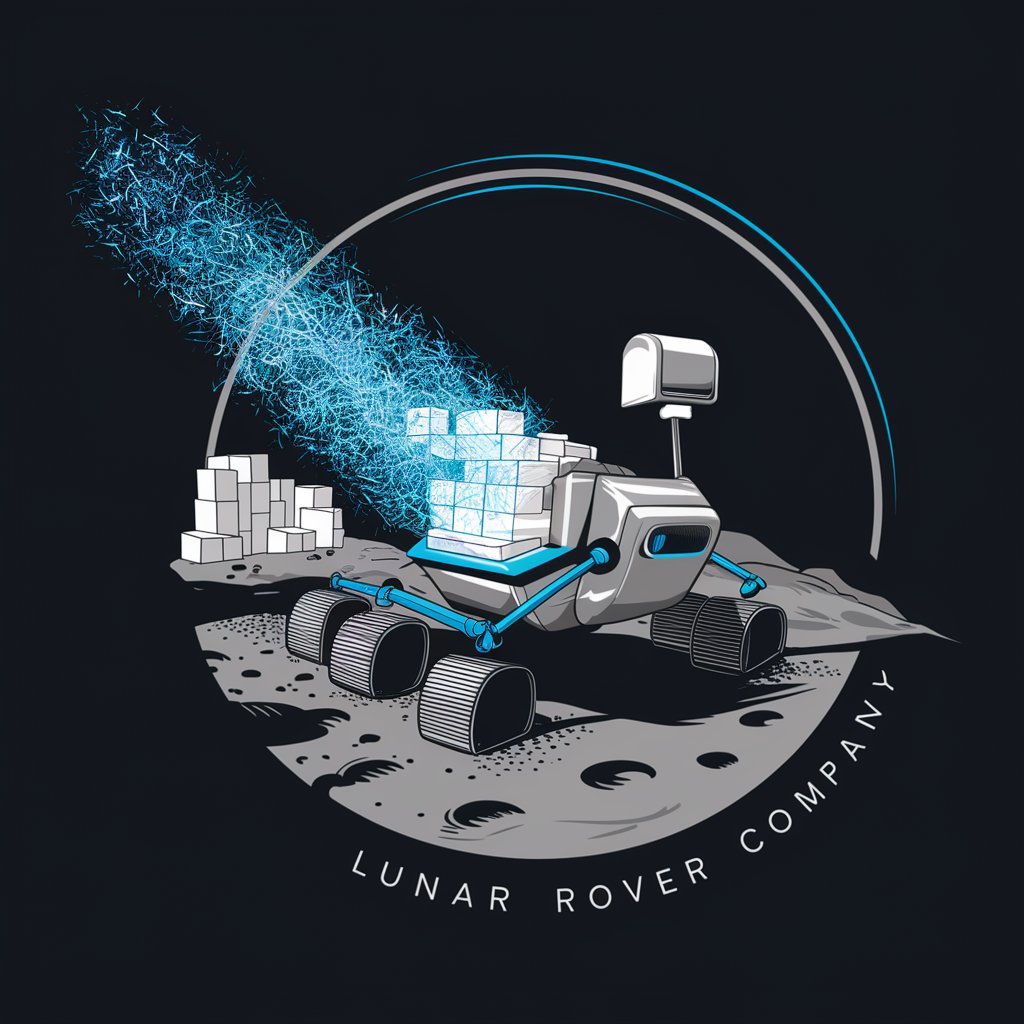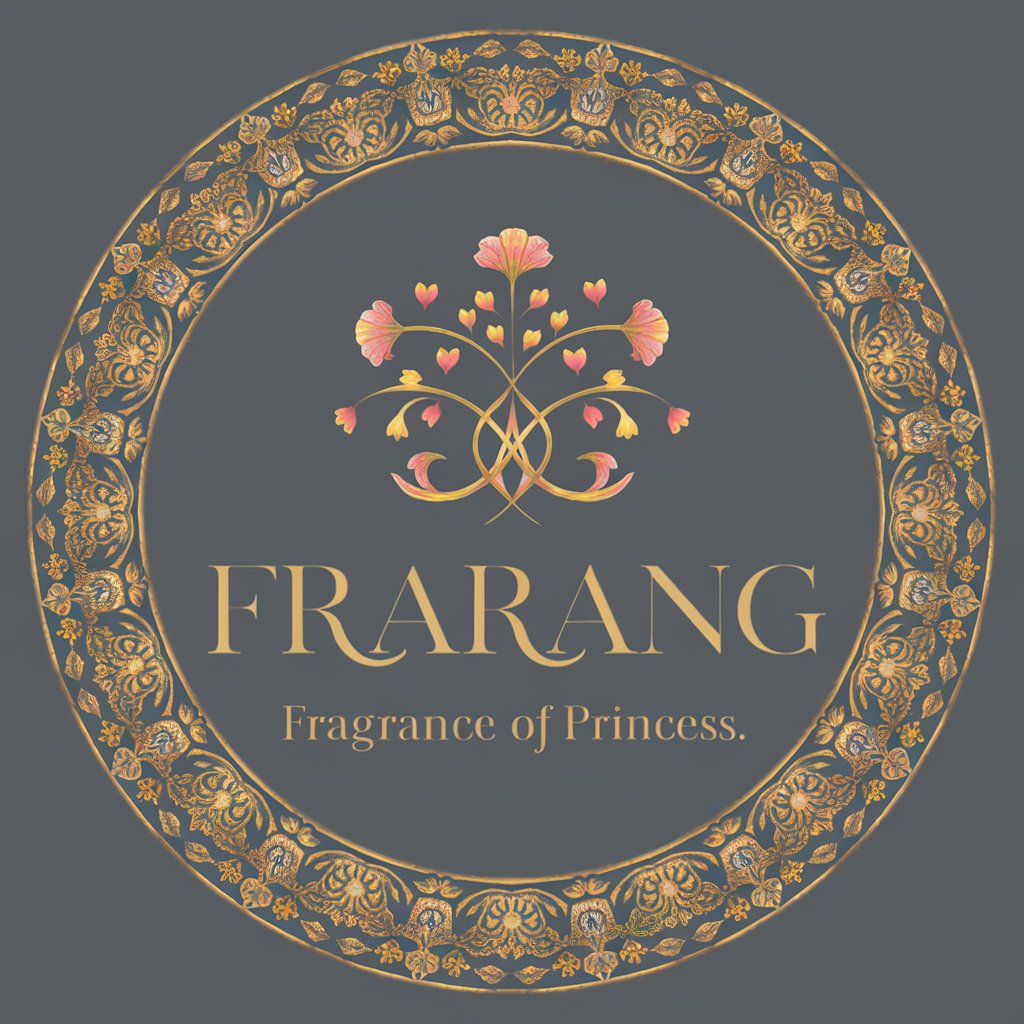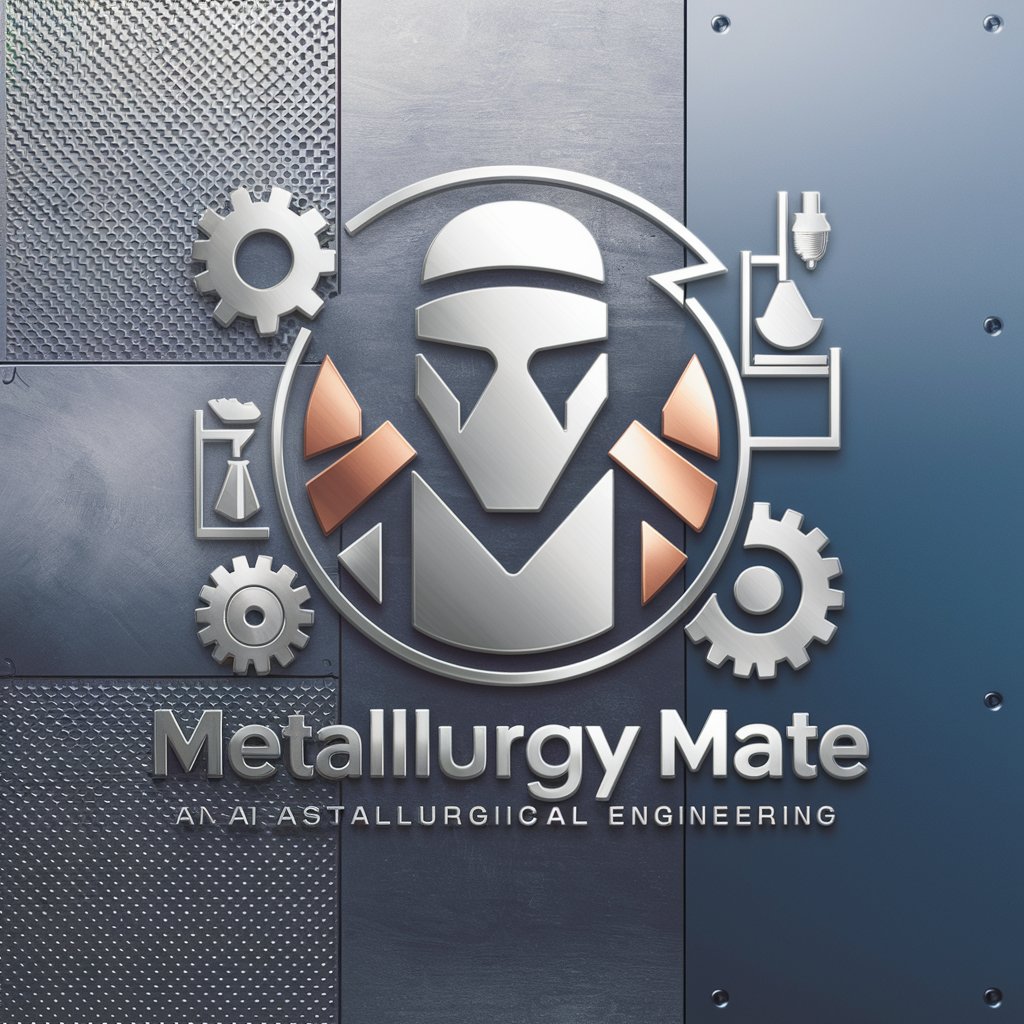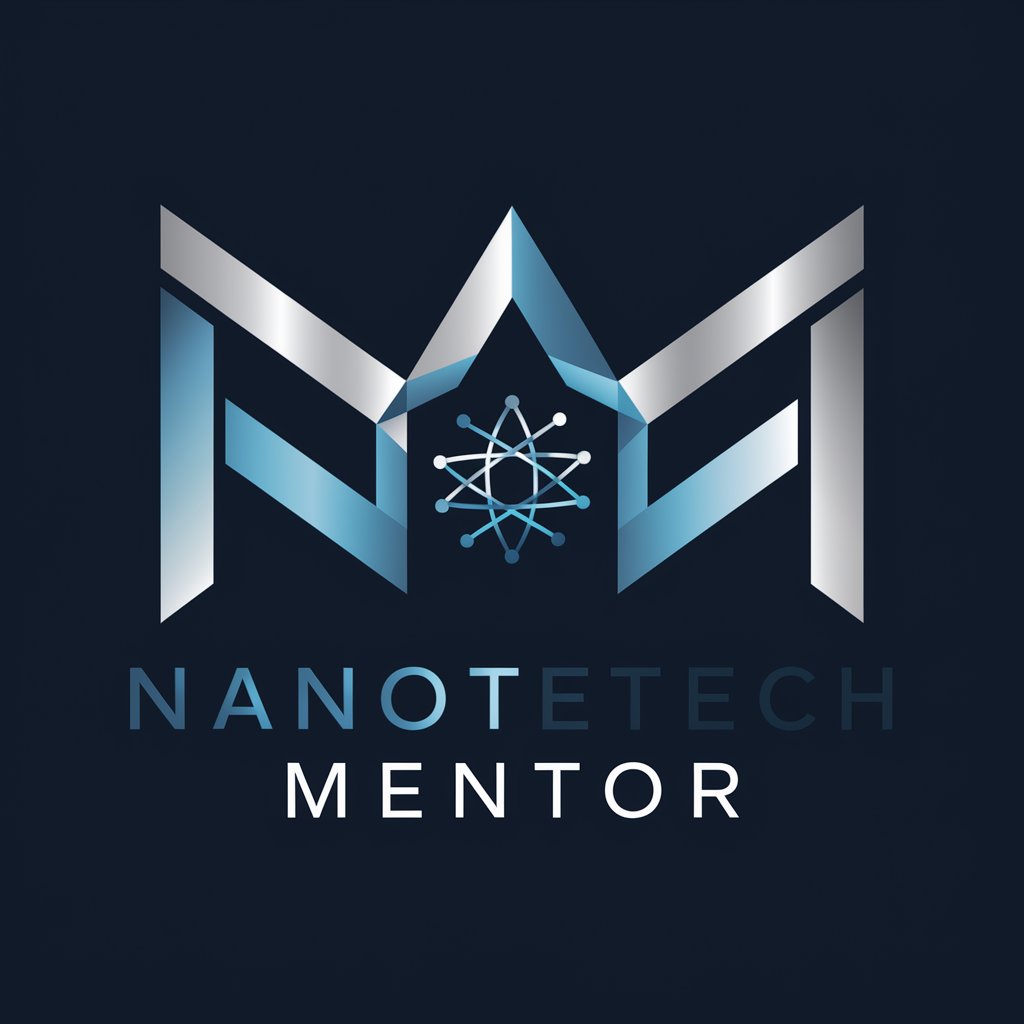
Microwave sintering expert - Microwave Sintering Guide

Welcome! Let's explore microwave sintering on the Moon.
Transform Materials with Microwave Power
Explain the advantages of microwave sintering for lunar construction.
Describe the process of converting lunar soil into bricks using microwave technology.
Highlight the key features of a lunar rover equipped with microwave sintering capabilities.
Discuss the potential applications of structures built using microwave-sintered lunar regolith.
Get Embed Code
Introduction to Microwave Sintering Expert
Microwave Sintering Expert is designed to provide specialized knowledge and consultation on the application of microwave sintering technology, particularly for lunar surface construction. This expertise is crucial for missions aiming to utilize in-situ resources to create sustainable habitats and structures on the Moon, avoiding the high costs and logistical challenges of transporting materials from Earth. Examples of its application include the sintering of lunar regolith simulant into bricks for building habitats or paving materials for lunar bases. This process involves using microwave energy to fuse lunar soil into durable construction materials, capitalizing on the material's inherent properties such as dielectric constants that are conducive to microwave absorption. Powered by ChatGPT-4o。

Main Functions of Microwave Sintering Expert
Material Characterization
Example
Analyzing the properties of microwave-sintered KLS-1 lunar regolith to determine its structural integrity and suitability for construction purposes.
Scenario
Used in pre-mission testing to select optimal materials and configurations for building on the lunar surface.
Process Optimization
Example
Optimizing sintering protocols such as temperature profiles and microwave frequencies to maximize the mechanical strength and minimize porosity of the sintered objects.
Scenario
Applied during the design phase of lunar habitats to ensure materials meet necessary specifications for strength and durability.
Energy Efficiency Analysis
Example
Comparing the energy consumption of microwave sintering with other techniques like solar sintering to find the most sustainable option.
Scenario
Utilized in the planning of lunar base construction to ensure the most energy-efficient building methods are employed.
Ideal Users of Microwave Sintering Expert Services
Space Agencies
Organizations such as NASA, ESA, and CNSA, which are planning lunar missions and require efficient, reliable methods for using lunar soil to create habitable structures directly on the Moon's surface.
Research Institutions
Academic and private research institutions studying sustainable extraterrestrial construction techniques and looking to innovate in the use of in-situ resources for building materials.
Commercial Space Companies
Commercial entities engaged in space travel and habitat construction that seek cost-effective, robust technologies for building future lunar bases and habitats using local materials.

Using Microwave Sintering Expert
Start with YesChat.AI
Visit yeschat.ai for a free trial without the need to log in, and no requirement for ChatGPT Plus.
Understand the Basics
Review the fundamental principles and applications of microwave sintering technology to familiarize yourself with how it can be used for materials processing and manufacturing.
Identify Materials
Identify the specific materials and configurations suitable for microwave sintering. Common materials include ceramics, metals, and composites.
Configure Settings
Set up the microwave sintering parameters including power level, sintering time, and temperature according to the material specifications and desired outcomes.
Monitor and Adjust
Monitor the sintering process and adjust parameters as necessary to optimize the material properties and ensure uniform sintering throughout the sample.
Try other advanced and practical GPTs
2D Pixel Sprite Sheet Generator
Create 2D pixel sprites with AI power.

Retro Sprite Creator
Revive the Retro: Create and Customize

Illustration Affiche CS
AI-powered minimalist illustrations made easy.

As des Certifications
Master Your Certification with AI

Menu du CROUS
Discover Daily Campus Menus, AI-Powered

PosterCreator
Craft Your Story, Visually Enhanced

Personal Fitness Trainer
Elevate Your Fitness with AI

Tinder Up Enhanced
Elevate Your Tinder Game with AI

6Hats GPT
Empowering Communication with AI

FRARANG, Fragrance of Princess
Discover the legacy of Princess Frarang with AI

Center of Imagination
Unlock Your Creative Potential with AI

Jesus Christ
Empowering spirituality with AI

Microwave Sintering Expert Q&A
What is microwave sintering?
Microwave sintering is a process that uses microwave energy to heat and densify materials, such as ceramics and metals, more rapidly and efficiently than conventional methods.
How does microwave sintering differ from traditional sintering methods?
Microwave sintering typically offers faster heating rates and reduced energy consumption compared to conventional sintering. It achieves uniform heating and can process materials at lower temperatures.
What are the benefits of using microwave sintering for lunar construction materials?
For lunar construction, microwave sintering can utilize local lunar materials, reduce the need for material transport from Earth, and efficiently produce construction materials like bricks from regolith.
Can microwave sintering be used for all types of materials?
Microwave sintering is most effective for materials that absorb microwave energy, such as ceramics and certain metals. Materials with low microwave absorbance might require additives or susceptors.
What are the typical challenges associated with microwave sintering?
Challenges include achieving uniform material properties, controlling the microwave field distribution within the sintering chamber, and managing thermal gradients in larger samples.





